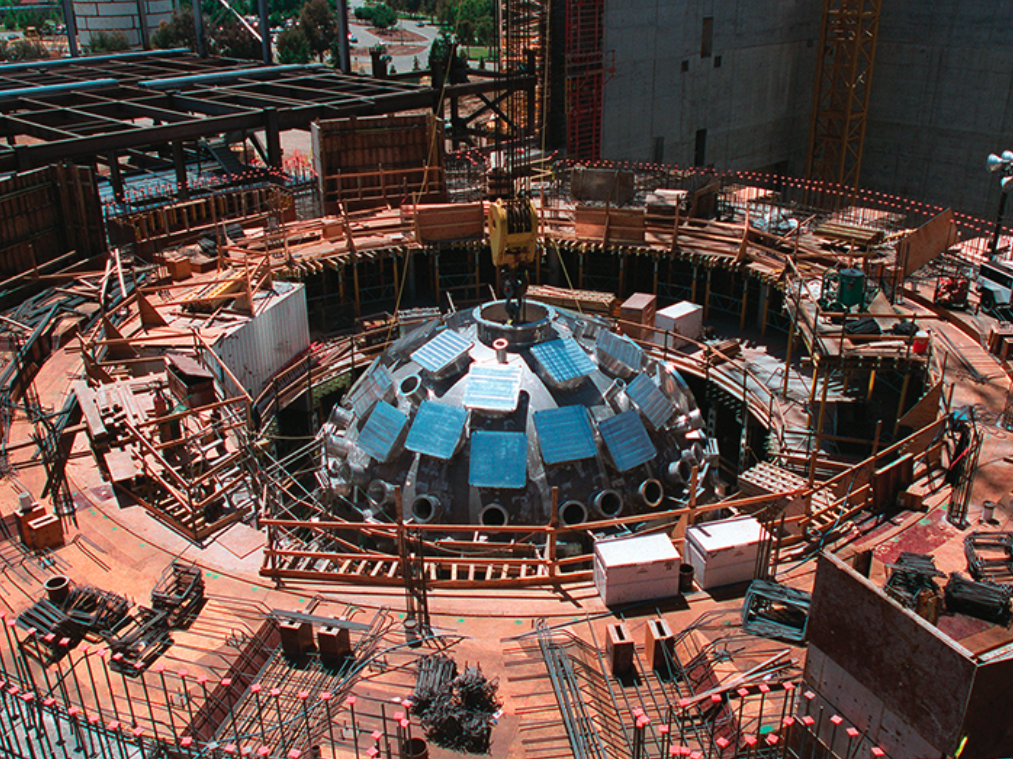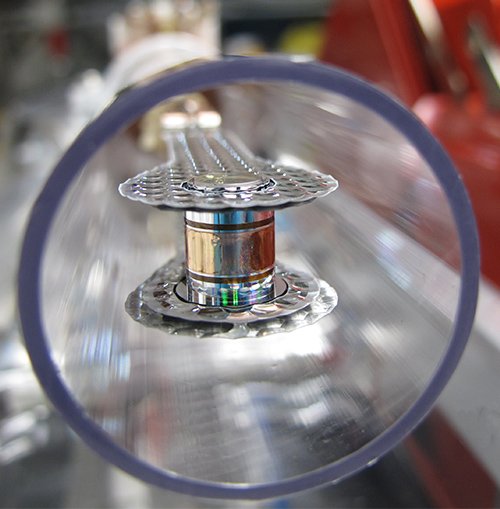Fusion energy bill authored by Senator Padilla awaits Presidential signature to become law

WASHINGTON D.C.– On Wednesday, California Senator Alex Padilla announced that the Fusion Energy Act successfully passed the U.S. Senate and now awaits the President's signature to become law.
The bill codifies the Nuclear Regulatory Commission's authority over commercial fusion energy systems and requires the Commission to study and annually report to Congress on licensing as well as make recommendations to improve the process of domestic fusion energy production.
The bill, authored by Sen. Alex Padilla of California, Sen. John Cornyn of Texas, Sen. Cory Booker of New Jersey, Sen. Todd Young of Indiana, and Sen. Patty Murray of Washington, was incorporated into the larger Fire Grants and Safety Act which reauthorizes federal programs to combat wildfires nationwide.
"By implementing this regulatory framework, this bill will propel fusion energy forward as a potential source of abundant carbon-free energy," explained Sen. Booker. "I’m proud to see the Senate pass this forward-thinking legislation as an important component of a broader package of legislation that will help move nuclear energy forward, combat climate change and drive economic growth."
The Congressional Fusion Energy Caucus in the U.S. House of Representatives had already passed companion legislation prior to the bill's approval in the Senate.

In December of 2022, California's Lawrence Livermore National Laboratory's National Ignition Facility produced more energy from their self-sustaining fusion reaction than scientists used to create it-also known as fusion ignition.
"[A]t the Lawrence Livermore National Laboratory in California, scientists at the National Ignition Facility achieved fusion ignition," said U.S. Department Of Energy Secretary Jennifer M. Granholm at a press conference about the achievement. "It's the first time it has ever been done in a laboratory anywhere in the world — simply put, this is one of the most impressive scientific feats of the 21st century."
Scientists at the National Ignition Facility directed 192 powerful lasers at a target the size of a BB made of deuterium and tritium, both heavier isotopes of hydrogen, the most common element in the universe.
The image below shows the cryogenic cooling system that keeps the deuterium-tritium fuel frozen inside a millimeter-sized capsule.

On Dec. 5, 2022, the laser array's energy was raised to 2.05 MJ (megajoules) and the conditions of the implosion symmetry, heat, and pressure were precisely aligned to generate the record-breaking energy output of 3.15 MJ.

The Lawrence Livermore National Laboratory went on to repeat the success three more times.
"Fusion energy holds the potential to power the entire country with a sustainable supply of nearly unlimited, reliable, and carbon-free electricity," detailed Sen. Padilla. "The breakthrough of fusion ignition at California’s Lawrence Livermore National Laboratory is a key step toward cementing U.S. leadership in fusion energy, and Congress took another crucial step forward by establishing clear regulatory authority to scale up commercial American fusion energy facilities and incentivize fusion investments."
The U.S. Nuclear Regulatory Commission voted to create a regulatory framework unique to fusion energy in April of 2023 and this new legislation intends to foster the growth of the commercial fusion energy sector detailed a press release from Sen. Padilla's office.
"I am pleased the Senate passed this important bill to help advance fusion energy, which has the potential to usher in a new era of energy production in America. By establishing a clear regulatory framework, our legislation would improve the research and development of fusion capabilities, enabling commercialization and reaffirming American leadership in innovation and technology," stated Sen. Young.
This legislation comes after the U.S. Department of Energy established three fusion energy hubs (including California's Lawrence Livermore Laboratory) through the $42 million Inertial Fusion Energy Science and Technology Accelerated Research project and the Biden Administration dedicated over $1 billion in FY24 funding for the Fusion Energy Sciences program through the CHIPS and Science Act of 2022.
These national efforts coincide with legislation in California that elevated fusion energy into the state's Energy Resources Conservation and Development Commission's Joint Agency Report signed into law in October of 2023.
